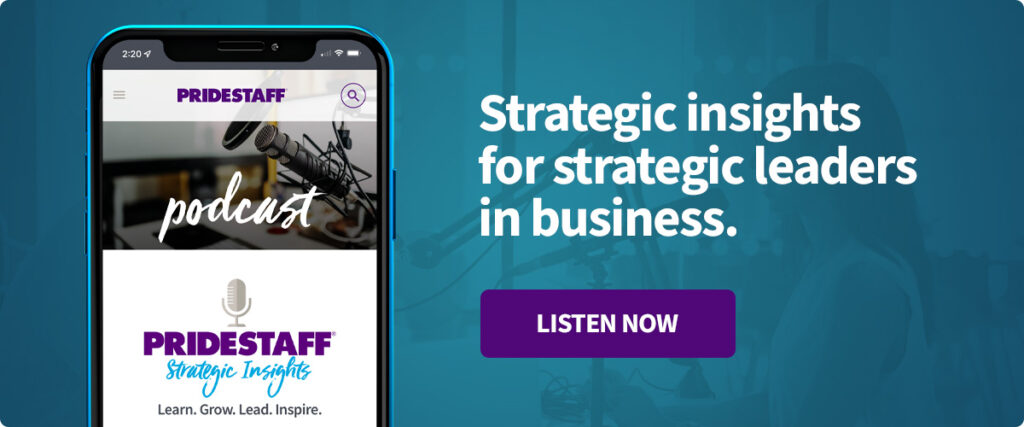Understanding Generational Opinions on Quiet Quitting

Work to live? Or live to work?
The answer to that question may depend on your age. Although it isn’t a new phenomenon, “quiet quitting” is trending on TikTok, giving a new name to what previous generations referred to as “phoning it in.”
What is Quiet Quitting?
Quiet quitting occurs when workers only do enough to get by—and not get fired. It’s quitting the idea of going above and beyond at work, an outright rejection of the hustle culture that has long been considered the path to career success.
Different generations approach work differently. Baby Boomers (born 1946-1964) are known for feeling their career defines their self-worth. They believe in going the extra mile and are loyal to the organization and their team. But during the pandemic, Boomers began to retire in accelerated numbers, and new generations—and a new attitude—dominated the workforce when America returned to work.
82% of Generation Z (born 1997) and Millennial workers (born 1981-1996) admit quiet quitting appeals to them. They see their work as just one part of who they are—and not necessarily the largest part. They view their careers as a way to grow, in contrast to Baby Boomers, who see themselves as contributing to the value of their workplace.
Whether quiet quitting is an old or new concept, many workers are looking for meaningful work post-pandemic. For employers tapped into engagement in their workplace, the phenomenon of quiet quitting offers an opportunity to reengage new generations of workers.
How to Combat Quit Quitting
Younger workers are looking for work-life balance and prioritize their personal lives more than members of previous generations. Helping your workforce set personal and professional goals may help combat quiet quitting in the workplace. By getting to know your employees, you can help them create better alignment with their roles, improving their work experience and productivity in the department. Employers who provide professional development opportunities and show a clear path of growth within the company have a better chance of harnessing the enthusiasm of younger generations and growing with them—instead of being left behind at the end of each workday.
Looking for employees who align with your organization’s mission and values—and give their best every day? PrideStaff can help! Our associate care program boosts engagement, driving results for your business, such as:
- Faster placements
- Happier associates who work harder
- Less ghosting
- Higher assignment completion rates
Contact your local PrideStaff office to learn how we can help today.
Related Posts
Employee Engagement: 5 Key Benefits of a More Engaged Workforce
Fixing a Poor Workplace Culture




